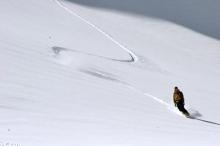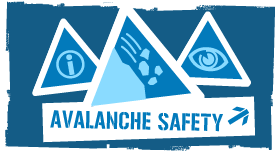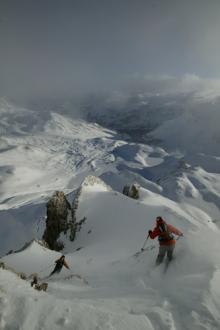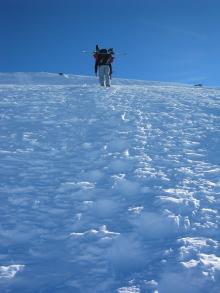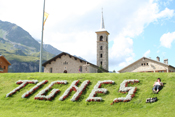Off Piste
Off-piste skiing/riding is one the most memorable experiences that mountains have to offer. Taking you away from the crowds and the limiting pisted runs to a natural environment where you can cruise down vast untouched powder fields or steep narrow couloirs.
Skiing in powder is vastly different to skiing on the pisted runs. It is important not to be over-confident, as there are very real dangers in this harsh environment. Before you even consider going off-piste we strongly recommend a great deal of training and education. Information for which can be found in our Avalanche Saftey section.
A certain amount of preparation is needed to minimize the risks of going off piste. We advise you to hire a guide and take an avalanche safety course.
Always check the avalanche board before heading out. It’s the best indicator to ascertain the avalanche risk. However this DOES NOT mean that if the risk level is low, that it won’t avalanche!
Always plan your route. Always go in a group, preferably 3-6 persons all of similar ability, that way in case of an accident someone is at hand to help. And if possible it is advised that you tell someone of your intended destination and estimated timings.
Make sure you have all the proper avalanche saftey equipment; transceivers (incl spare batteries), collapsible shovels and avalanche probes. In case of anyone getting caught in an avalanche these items are essential to the rescue attempt. More details on avalanching and avoidance can be found in our In Depth section, and in particular the Mountain Saftey and Avalanche articles.
Lastly, check on your insurance details. A lot of skiing policies don’t cover off piste. And rescues in the backcountry don’t come cheap.
There is always a risk when one ventures off piste. Around 120 people die in avalanches every year. So every effort has to be taken to minimize the risk to you and your fellow skiers. Which is why for the last few winters we have been riding with and attending courses from Henry's Avalanche Training.
The increase in number of top level skiers has increased so much that it is now a luxury to find untracked descents. So how has Tignes kept its name as a top off piste resort? This is due to the variety and the ease of access of routes. The large number of lifts means a skier can traverse one mountain range to another with relative ease, meaning that you are only limited by the quality of snow and your own ability.
If you're interested in off-piste take a look at our pages on Snowfall & Conditions, Mountain Awareness, Lessons & Training and Equipment Tips. We update these sections throughout the winter in connection with Henry's Avalanche Talks.


